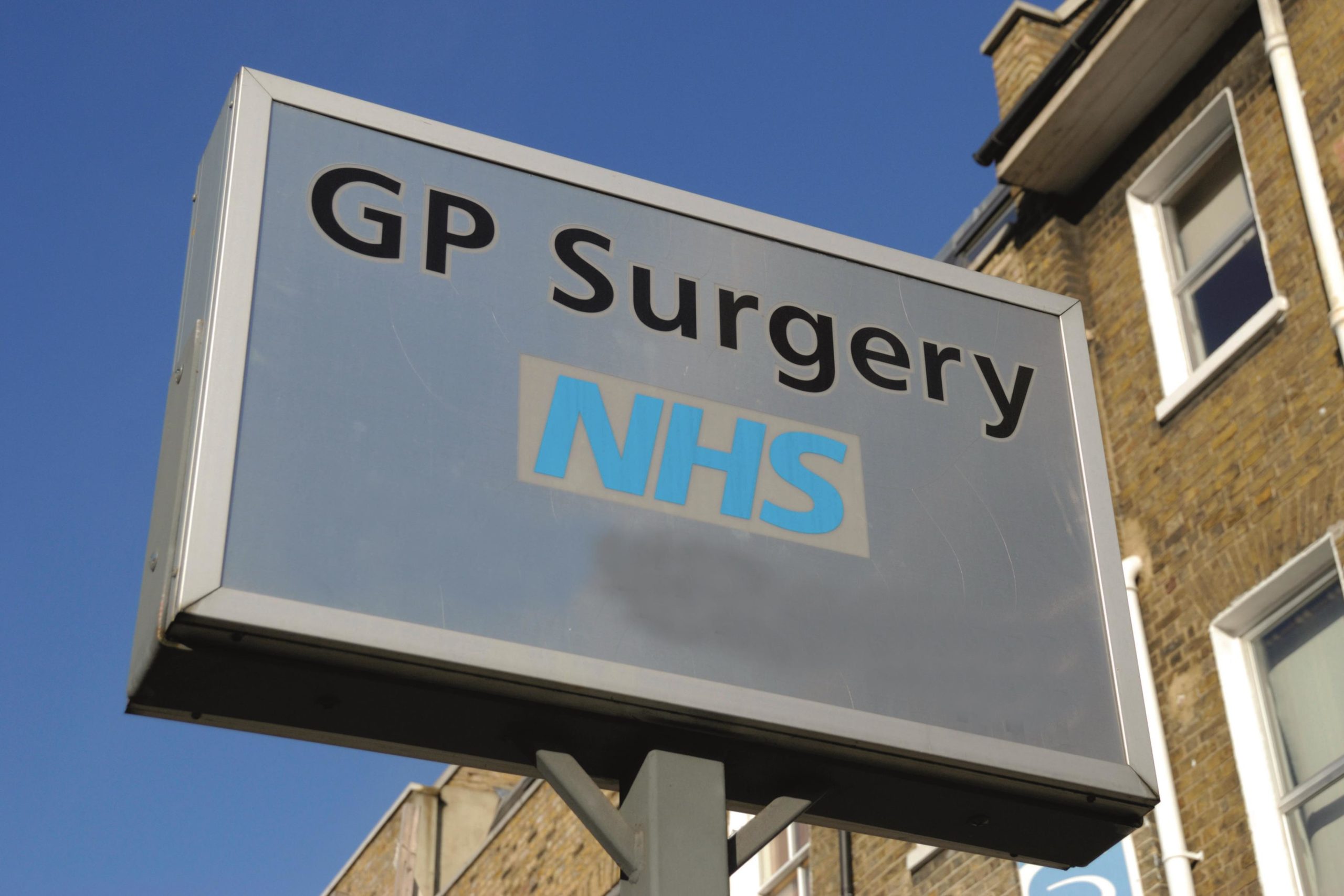In September last year four members of staff were attacked in a GP surgery in Openshaw, Manchester. Two of them were left needing hospital treatment for head injuries: a GP who ended up with a fractured skull and another member of staff who suffered deep lacerations from the attack.
It was a shocking incident and sadly it wasn’t an isolated case either, although thankfully it is rare for so many staff to sustain such serious injuries. The threat isn’t only physical; there has been a rise in the number of frontline staff receiving verbal abuse from patients. Earlier on in 2021 a British Medical Association survey highlighted the fact that more than half of GPs had personally experienced verbal abuse in the space of a month. And over two thirds had witnessed violence or abuse against colleagues. In GP surgeries, 96% of those who saw colleagues face abuse said it was directed at reception staff. And there are no signs of the situation improving much either – a BMA Scotland report released in February this year shows that nearly nine out of 10 GPs, or their practice staff, had suffered verbal or physical abuse in the previous month.
The situation has become worse during the pandemic with GP surgeries having an even more challenging time providing the care that is needed. Patients have felt frustrated by delays and perceived inaccessibility. This unfortunately has the potential to create bad feeling which can, in some instances, boil over into aggression. So what can be done to make sure GP surgeries are safe places to be, both for practice staff and for the patients who use them?
Improving security in GP surgeries
The starting point should be a physical security risk assessment to review arrangements across your surgery premises. This is something that should be reviewed on a regular basis, as well as in response to any specific updates to guidance or procedures, or any new ways of working that are introduced.
As well as consultation rooms and the reception area, the risk assessment should also include locations such as pharmacies, offices and storage areas. Not only should security arrangements be sufficient to protect staff, patients and any other building users, they must also allow for other considerations too, including keeping medicines, property, equipment and confidential information safe.
As with all forms of risk assessment, once the risks are identified, you then need to consider them against the likelihood of each risk actually materialising. This will then guide you about the types of actions that need to be taken to mitigate those risks.
- How well controlled is the access into the surgery?
The nature of a GP surgery does mean that it must be readily accessible so patients can enter and exit, typically but not always, through one main entrance. But the risk assessment must take any other access points into account too, both in terms of people entering the building and also being able to access restricted areas.
Physical keys can be used but they should be carefully logged to keep track of who has them, and to ensure they are returned if an employee leaves. They do carry the risk of being easily to duplicate. Other access control options can offer far more responsive solutions. They can potentially be integrated with alarm systems, and can also be set up to facilitate a fast lockdown of areas of the building if needed.
- Use security alarms for maximum protection
A robust approach to access control will reduce the risk, but this can be further supplemented by ensuring there’s an intruder alarm system in place covering the full premises. If you already have an intruder alarm, make sure it’s regularly tested and serviced to check it’s functioning correctly. You can choose to have the alarm monitored too, which involves linking it via a cellular network or internet connection to an Alarm Response Centre. In the event of the alarm being triggered, the ARC staff will contact the appropriate emergency services, saving valuable time.
For additional reassurance and security, panic buttons can also be installed that link to the intruder alarm; as there are many wireless options on the market, it doesn’t necessarily require significant disruption to the surgery itself when having them installed. (It’s also worth noting that some systems can be used by practice staff who are carrying out home visits to raise the alarm if needed.)
- Consider CCTV use
CCTV systems can be used in certain areas of GP surgeries, as long as it is for a distinct purpose – the prevention and detection of crime – and the system is clearly signed to make people aware of it. There are legal requirements around the use of CCTV cameras and the recordings, including how long they can be stored for and who can have access to them. It is important to work with an installer who can advise about these issues, along with making sure there is a policy in place setting out how your surgery will comply with all of the appropriate regulations.
- Carry out regular staff training
Make sure that staff training is carried out periodically to refresh all surgery employees on what they should be doing when it comes to security. Include it in the induction of new starters too. Surgery staff should be taken through the procedures that must be followed in the event of unauthorised access or any form of attempted attack, and reminded of the importance of securing the building, closing windows in rooms that aren’t occupied, and making sure equipment, medicines and confidential information are safely locked away.
If you would like expert guidance on making your GP surgery more secure, please do contact us for further advice.
